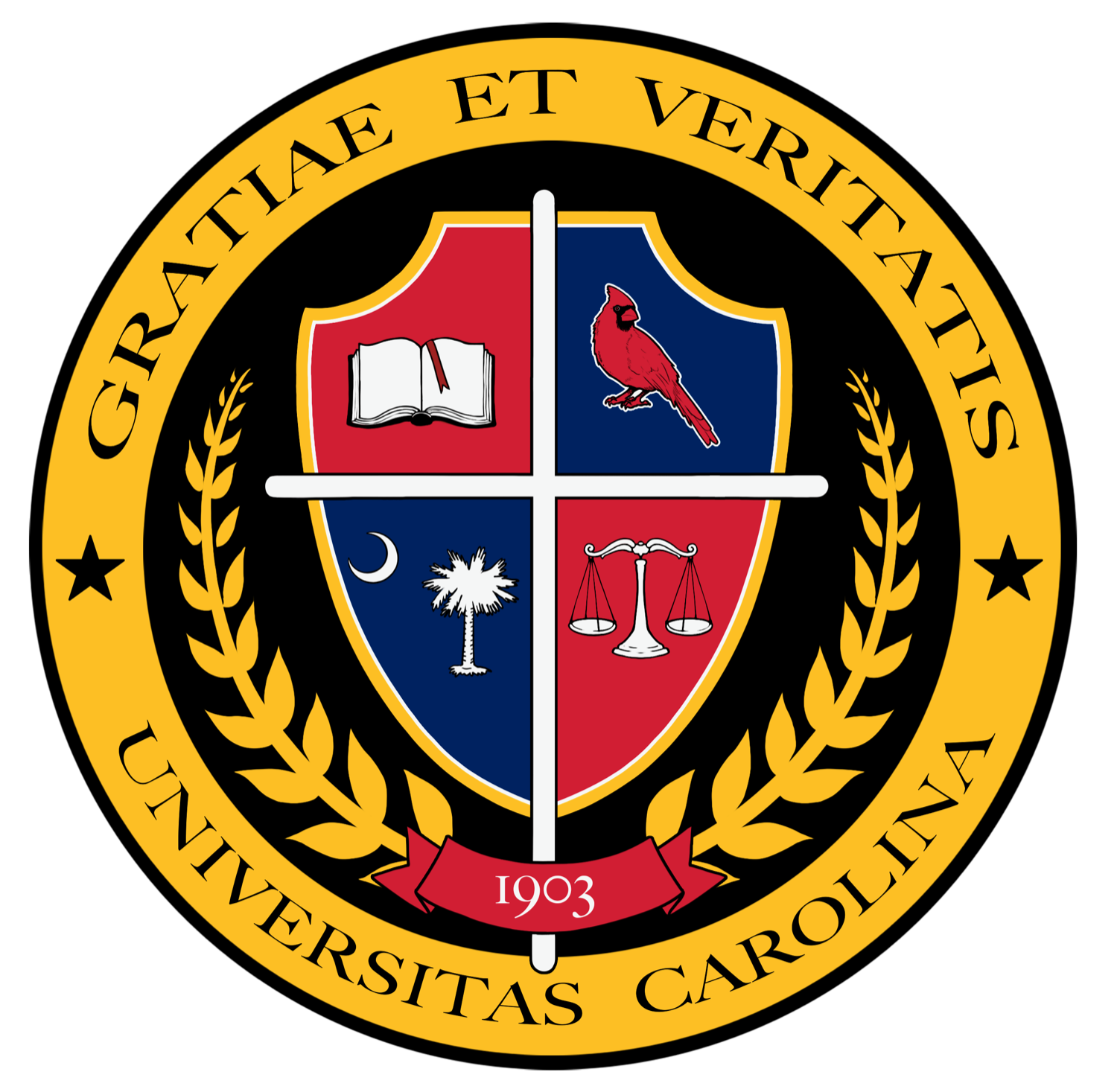Dr. Eunjung Kim
Assistant Professor of Education
Moore School of Education
As the fall semester gets closer to us, I think again about how we as educators inspire students to work better and prepare for the future and how I start my courses with special populations of students; they are pre-service and in-service teachers/educators, who influence young generations’ lives in many ways.
The one thing I want to emphasize is that teachers should be lifelong learners, who teach content areas and life lessons grounded in research-based evidence and critical/reflective experiences.
For that reason, teachers need to deconstruct myths about learning that are (unintentionally) harmful to learners who want to explore their potential.
To start the semester right, I introduce a few false concepts/approaches in the classroom that prevail in people’s (and educators’) minds and are supported with no research evidence. Moreover, they also damage student learning.
1. Fixed brain mindset: the belief that people are born with gifts and abilities
One strong myth about learning is that some people are born with the gift of math and science. While people are born with different stages of abilities or have different paces of learning, fixed-ability thinking limits potential and prevents students from incredible achievement (Boaler, 2019). Boaler said that “the myth that our brains are fixed and that we simply don’t have the aptitude for certain topics (such as math and science) is not only scientifically inaccurate; it is omnipresent and negatively impacts education and many other events in our everyday lives.”
In this regard, teachers should accept the new discovery of brain plasticity or neuroplasticity – the fact that the brain grows and is rewired through experience and practice – in their hearts and apply it to their practice on a daily basis.
2. Praise with the word “smart”
Parents and teachers regularly praise their children/students by telling them that they are smart to build up their self-confidence. However, when we praise students for being smart, they at first think they are smart, but later when they struggle or fail, which happens to everyone, they think they are not smart and end up evaluating themselves against this fixed idea. It is important to praise students, but educators should recognize what students did and not them as people. For instance, teachers in class should say “You can divide fractions? That is great that you have learned how to do that and worked hard on them” instead of saying “You can divide fractions, wow, you are smart!” (cited from Boaler, 2019).
3. Providing teaching materials that match students’ learning styles
“Students learn most effectively when they receive information consistent with their learning styles, their preferred approaches to thinking and problem-solving.” This is a strong misconception in education (Eggen & Kauchak, 2020). Research consistently indicates that attempts to accommodate students’ different learning styles fail to increase achievement, and in some cases even detract from learning (Howard-Jones, 2014; Masson & Sarrasin, 2015). Further, “There is no credible evidence that learning styles exist” (Riener & Willingham, 2010, p22).
Teachers should provide multimodal teaching materials/methods from written texts, to audio tools, to visual images when new concepts are introduced.
These are a few examples that are prevalent in the education setting. As a whole, teachers need to renew their knowledge and beliefs that are grounded in research-based evidence in order to help their students to fully develop their potential.

